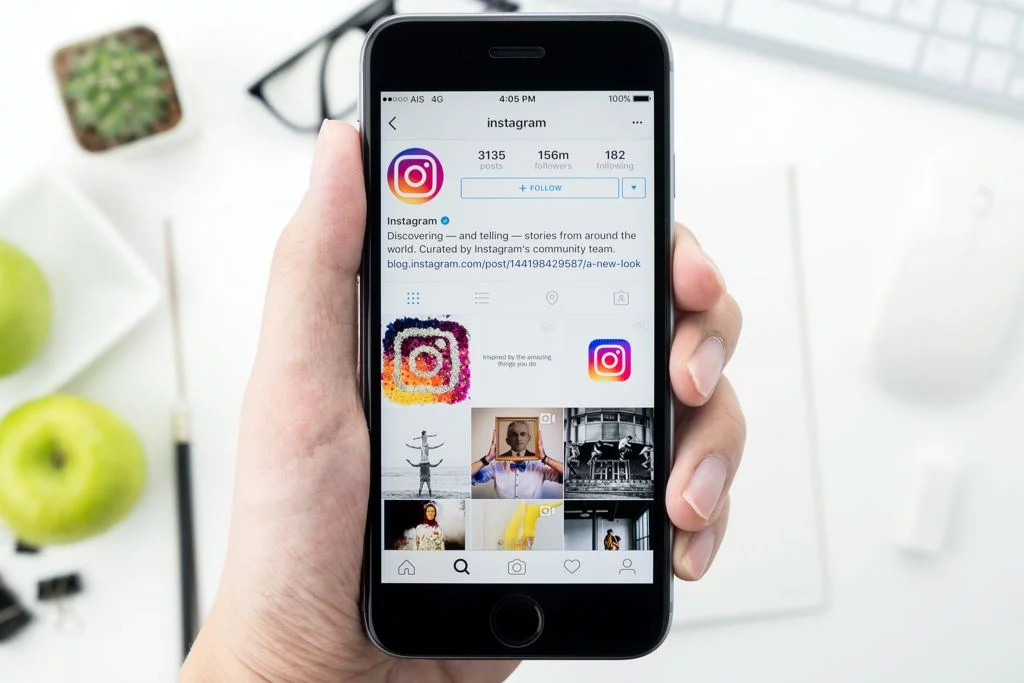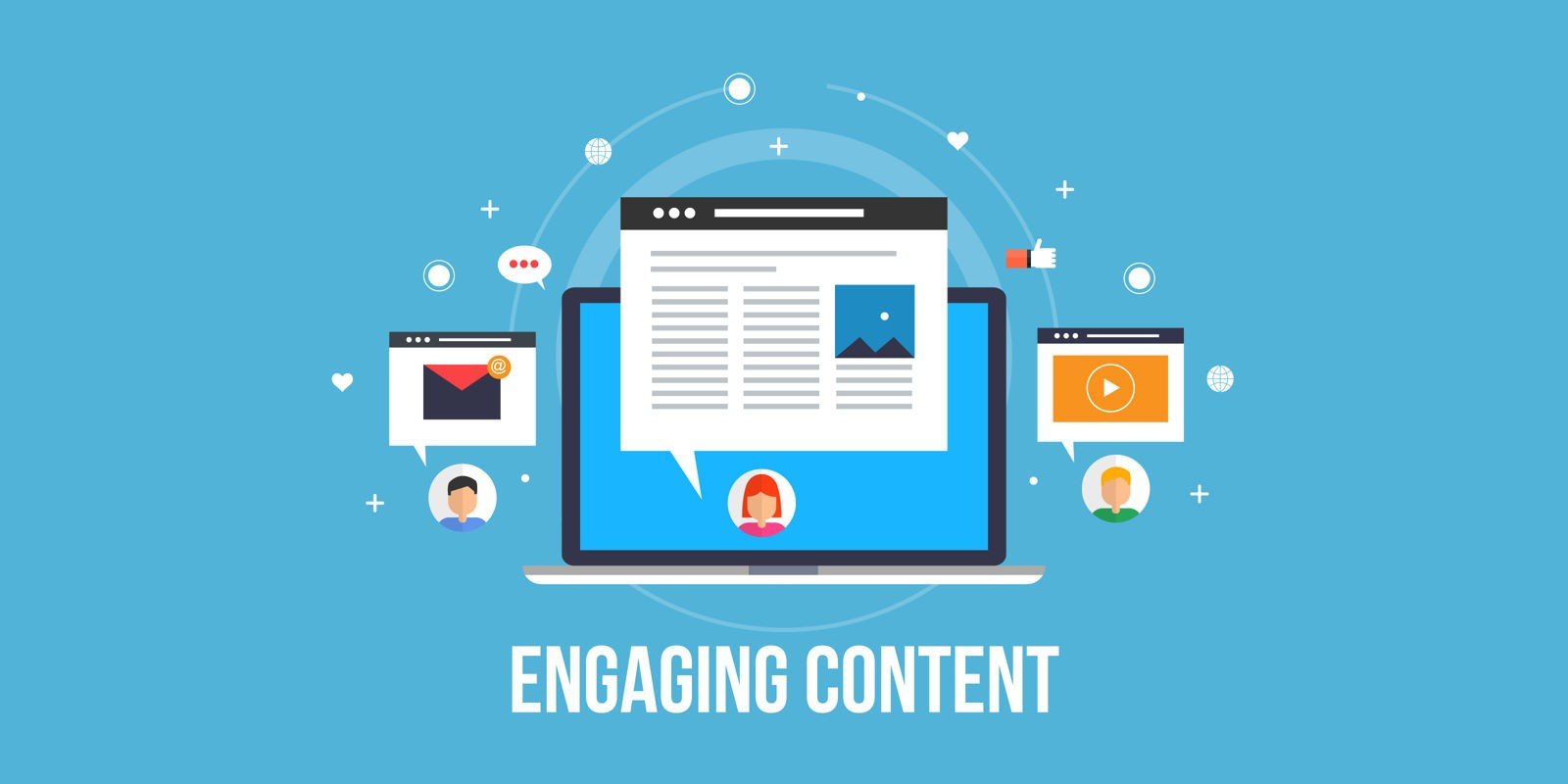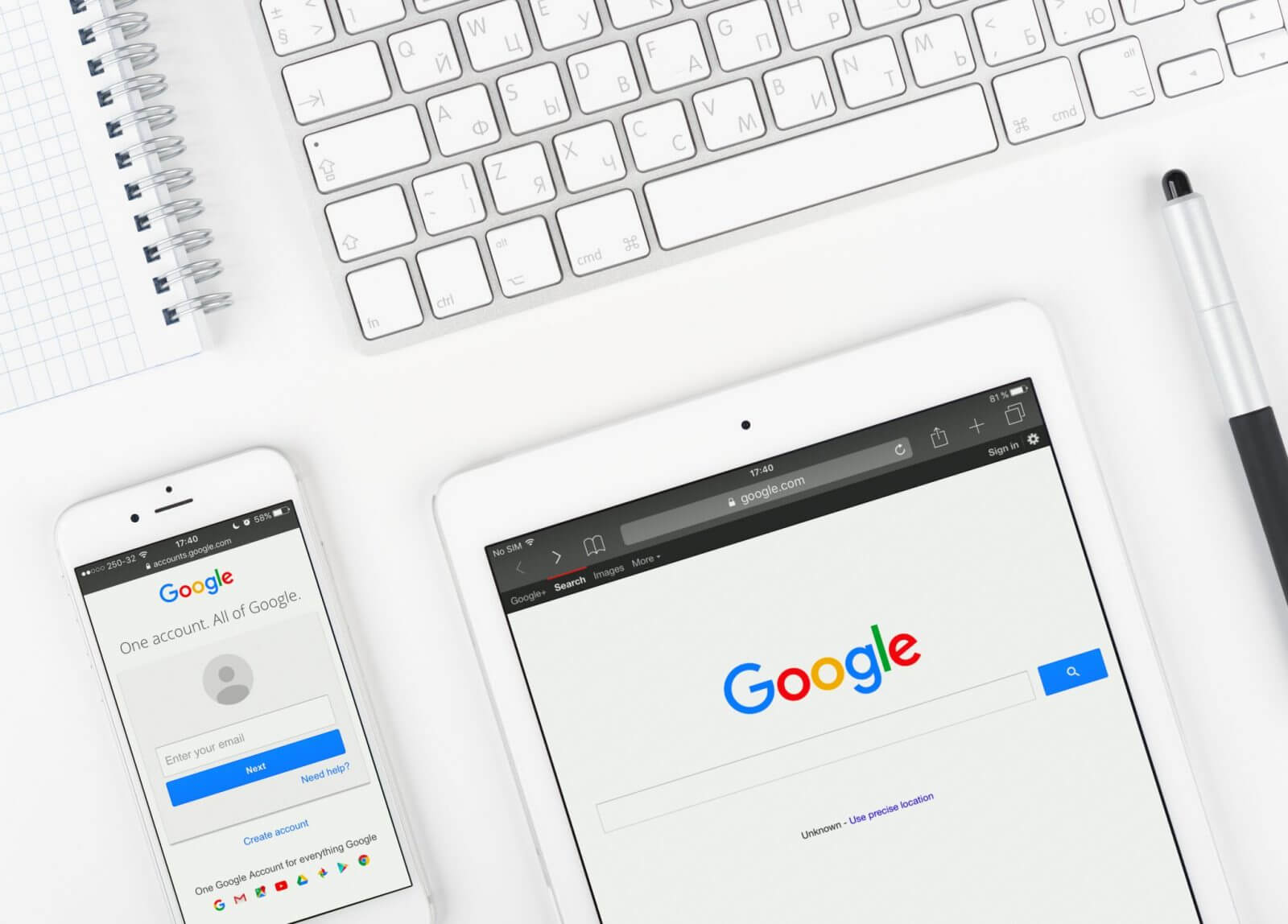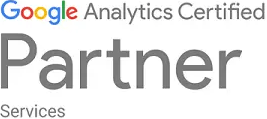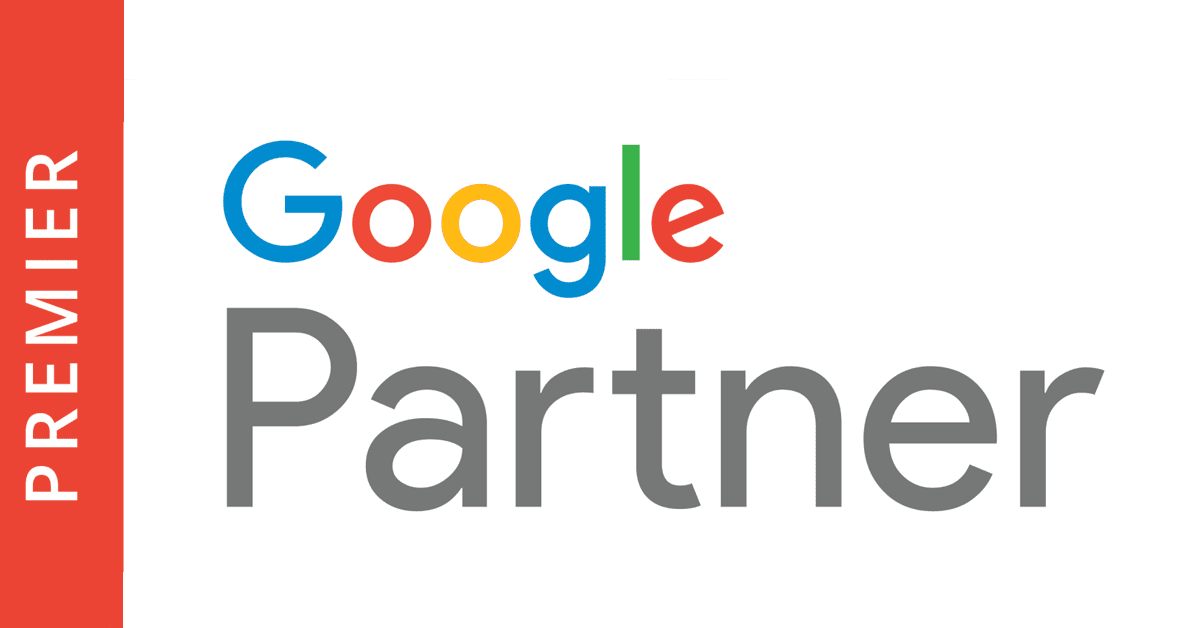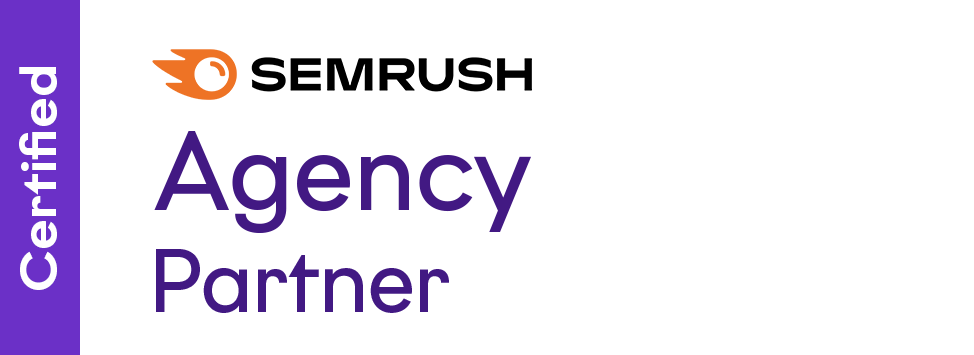Businesses constantly seek innovative strategies to enhance their market presence and drive conversions. A profound shift has been the adoption of personalised marketing, a strategy that tailors the customer experience to individual preferences and behaviors. This approach isn’t just about selling; it’s about creating a more meaningful interaction between brands and consumers. As we explore this dynamic marketing strategy, we’ll delve into what it entails, its benefits, its various forms, and how effectively it can be used to boost conversion rates.
What is Personalised Marketing?
Personalised marketing is a strategy that involves using data and insights to deliver individualised messages and product offerings to current or prospective customers. Unlike broad-based marketing, personalised marketing is:
- Data-Driven: Utilising customer data, purchase history, and interactions to tailor marketing efforts.
- Customer-Centric: Focusing on the preferences and needs of the customer to enhance their experience.
- Dynamic: Evolving based on ongoing customer interactions and feedback.
Historically, personalised marketing started with simple tactics like using a customer’s name in an email. Today, it encompasses sophisticated techniques powered by AI and machine learning, delivering content that is highly relevant and engaging to each user.
The Benefits of Personalised Marketing
The adoption of personalised marketing isn’t just a trend; it’s a response to proven benefits that directly impact a business’s bottom line. These benefits include:
- Enhanced Customer Experience: By understanding and anticipating customer needs, businesses can create a more engaging and satisfying experience.
- Increased Customer Loyalty: Personalisation fosters a deeper emotional connection, encouraging repeat business and loyalty.
- Improved Engagement: Tailored content is more likely to capture attention and provoke action.
- Higher Conversion Rates: Personalisation can significantly boost conversions by delivering the right message at the right time.
- Better ROI: Personalised marketing often results in a higher return on investment, as marketing resources are utilised more effectively.
In addition to these, businesses that effectively employ personalised marketing set themselves apart in an increasingly crowded marketplace, establishing a reputation for understanding and valuing their customers.
Types of Personalised Marketing
- Email Personalisation: This involves customising email content to the recipient’s behavior, interests, or purchase history, making the communication more relevant and engaging.
- Website Personalisation: Websites can dynamically display content tailored to individual visitors based on their past interactions, preferences, or demographic information.
- Product Recommendations: E-commerce sites often use browsing and purchase history to suggest relevant products to shoppers.
- Social Media Personalisation: Ads and content can be targeted to users based on their profile information and online activity.
Further reading: Understanding Push Vs Pull Marketing: A Comprehensive Guide
Understanding Your Customers
- Data Collection and Analysis: Gather data through various tools and analyse it to understand customer preferences and behaviors.
- Customer Personas and Segments: Create detailed profiles representing different segments of your audience to tailor your marketing more effectively.
- Ethical Considerations: Ensure you’re respecting privacy laws and ethical standards in your data collection and personalisation tactics.
More on this: Creating a Buyer Persona
How Personalised Marketing Can Increase Conversion Rates

- Targeted Content: Delivering the right message to the right audience increases the likelihood of engagement and conversion.
- Enhanced User Journeys: Personalising the customer’s journey at every touchpoint improves their overall experience, leading to higher conversions.
- A/B Testing: Continuously test and refine your personalised marketing tactics to improve effectiveness and conversion rates.
How marketers can implement personalisation into their strategy
To implement personalised marketing effectively, start with a comprehensive understanding of your audience. Utilise customer data, insights, and feedback to develop detailed personas. Integrate personalisation across all marketing channels, ensuring a consistent and tailored experience. Employ tools for data analytics, customer relationship management, and content management that facilitate personalisation. Train your team to understand the nuances of personalised marketing and ensure they are equipped with the skills to execute the strategy effectively.
Personalisation Challenges and Pitfalls to Avoid
Personalised marketing comes with its set of challenges. Respect for privacy is paramount; ensure you’re transparent about how you collect and use data and comply with all relevant regulations. Avoid the pitfall of over-personalization, which can feel intrusive to customers. Ensure your personalisation scales effectively without compromising the quality or relevance of the interactions. Stay updated with the latest trends and technologies to avoid falling behind and ensure your strategies are adaptable to the evolving digital landscape.
Future of Personalised Marketing
The future of personalised marketing is likely to be driven by advancements in AI, machine learning, and data analytics, offering even more sophisticated ways to tailor experiences. As technology evolves, so too will the strategies and tools available for personalisation. Keeping abreast of these changes and being willing to adapt and innovate will be crucial. Anticipate more emphasis on real-time personalisation and the increasing importance of integrating offline and online data to create seamless customer experiences.
Final Thoughts
Personalised marketing is more than a strategy; it’s a commitment to understanding and serving your customers better. By embracing personalisation, you’re not just aiming to increase conversions; you’re looking to build lasting relationships with your customers. As a digital marketing agency in Melbourne, we specialise in crafting marketing strategies that resonate with your audience and drive business growth. Let’s work together to harness the power of personalisation and propel your business to new heights. Reach out to us today to begin this transformative journey.
Further reading: How To Create A Successful Marketing Campaign









